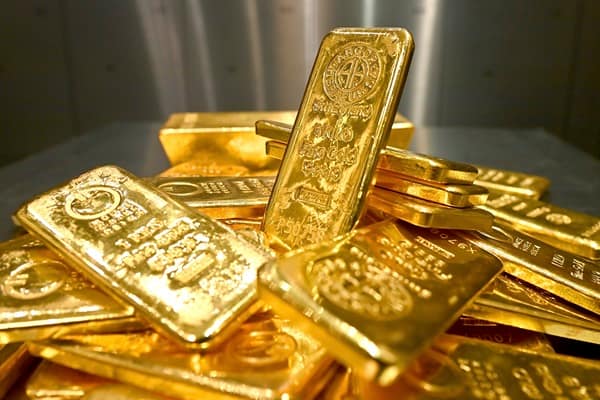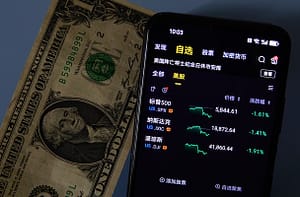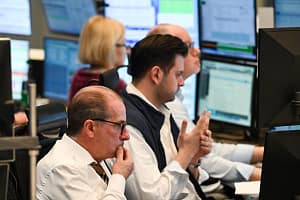Gold has advanced in recent sessions, reaching $2,660 per ounce, despite the strong headwinds posed by a robust U.S. dollar and the rise in Treasury yields.
Although gold experienced a temporary rebound of over 1% yesterday, pressure from the strength of the dollar and the increase in Treasury bond yields limited its ability to sustain gains.
This behavior highlighted the traditional inverse correlation between gold and the dollar, as a strong dollar tends to make gold more expensive for investors holding other currencies.
Recent U.S. economic data adds another layer of complexity.
The increase in job openings, reflected in the JOLTS report which exceeded expectations with 8.1 million vacancies, and the acceleration in the services sector activity according to the ISM, with an index of 54.1%, demonstrate the strength of the U.S. economy.
However, the surge in services sector prices, with an index of 64.4%, the highest since January, raises concerns about persistent inflation. The resilience of the U.S. labor market, while positive for the economy overall, introduces uncertainty for gold, as it reduces the likelihood of aggressive interest rate cuts by the Federal Reserve.
This outlook is reinforced by the shift in Fed rate cut expectations, now postponed until nearly the second half of 2025. A higher interest rate environment traditionally puts pressure on gold, as gold does not yield returns. The delay in rate cuts by the Fed directly impacts gold’s appeal as a safe-haven asset.
Despite these adverse factors, gold has found some support in geopolitical uncertainty, particularly concerning potential tariff policies. Statements regarding tariffs on Canada, Mexico, China, and even BRICS countries have added a risk component to the global economic outlook. In times of political and economic uncertainty, gold re-emerges as a safe-haven asset. Additionally, the ongoing gold accumulation by the Chinese Central Bank for the second consecutive month strengthens the physical demand for the metal, providing additional price support.
Market participants are eagerly awaiting the release of new U.S. employment data, including the crucial non-farm payroll report, as well as the FOMC minutes, in search of clearer signals about the future direction of monetary policy. In this context, gold finds itself at a crossroads, navigating between dollar strength, inflationary pressures, Fed policy expectations, and growing geopolitical uncertainty. This complex interaction of factors will continue to shape the precious metal’s trajectory in the near future.






Leave a Comment